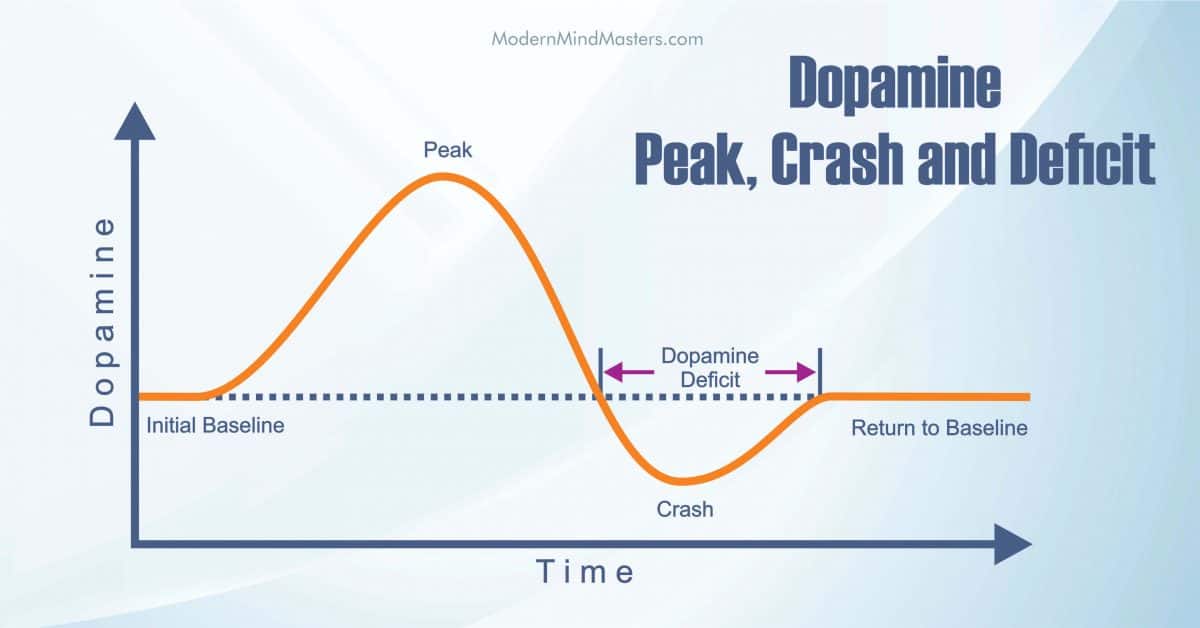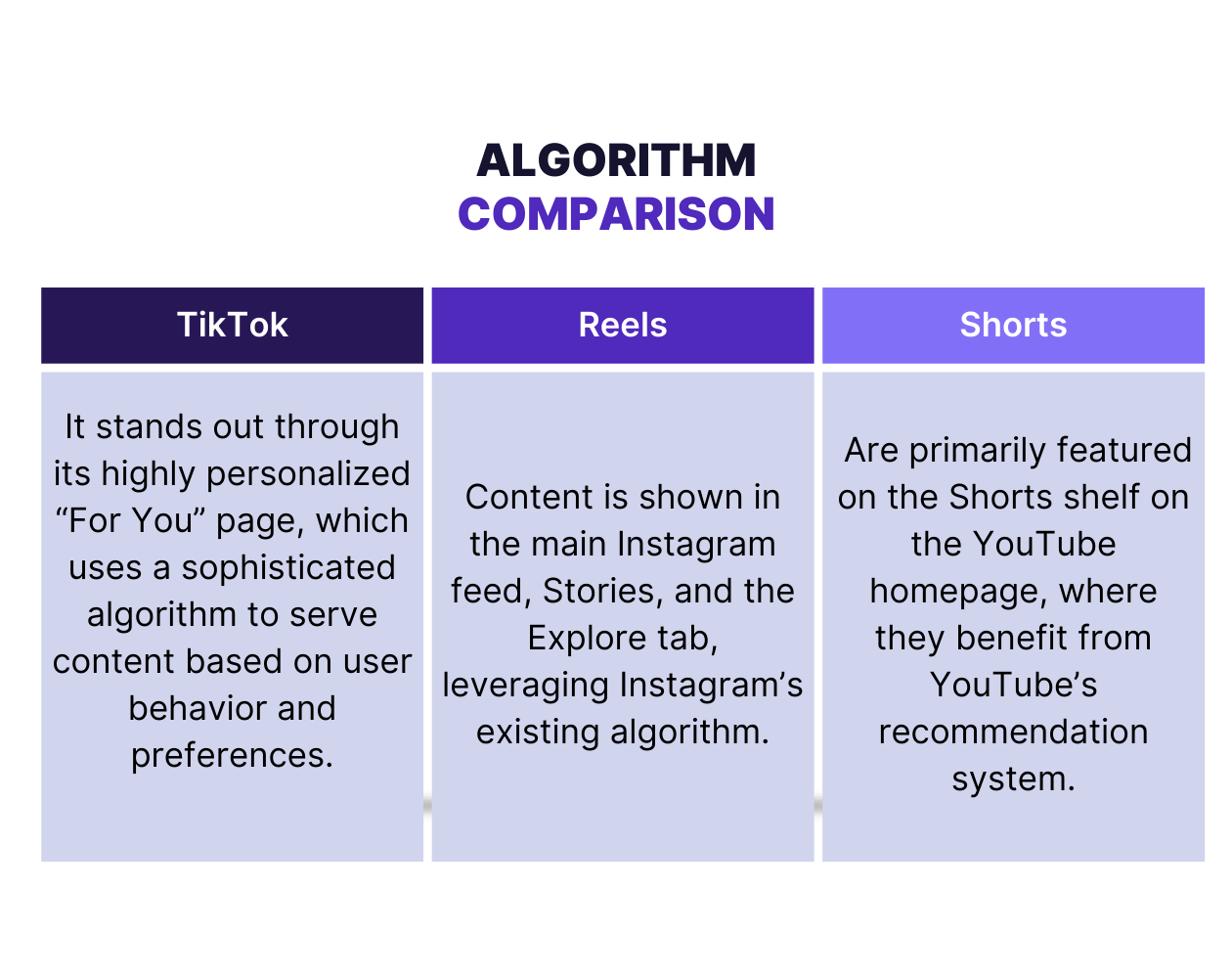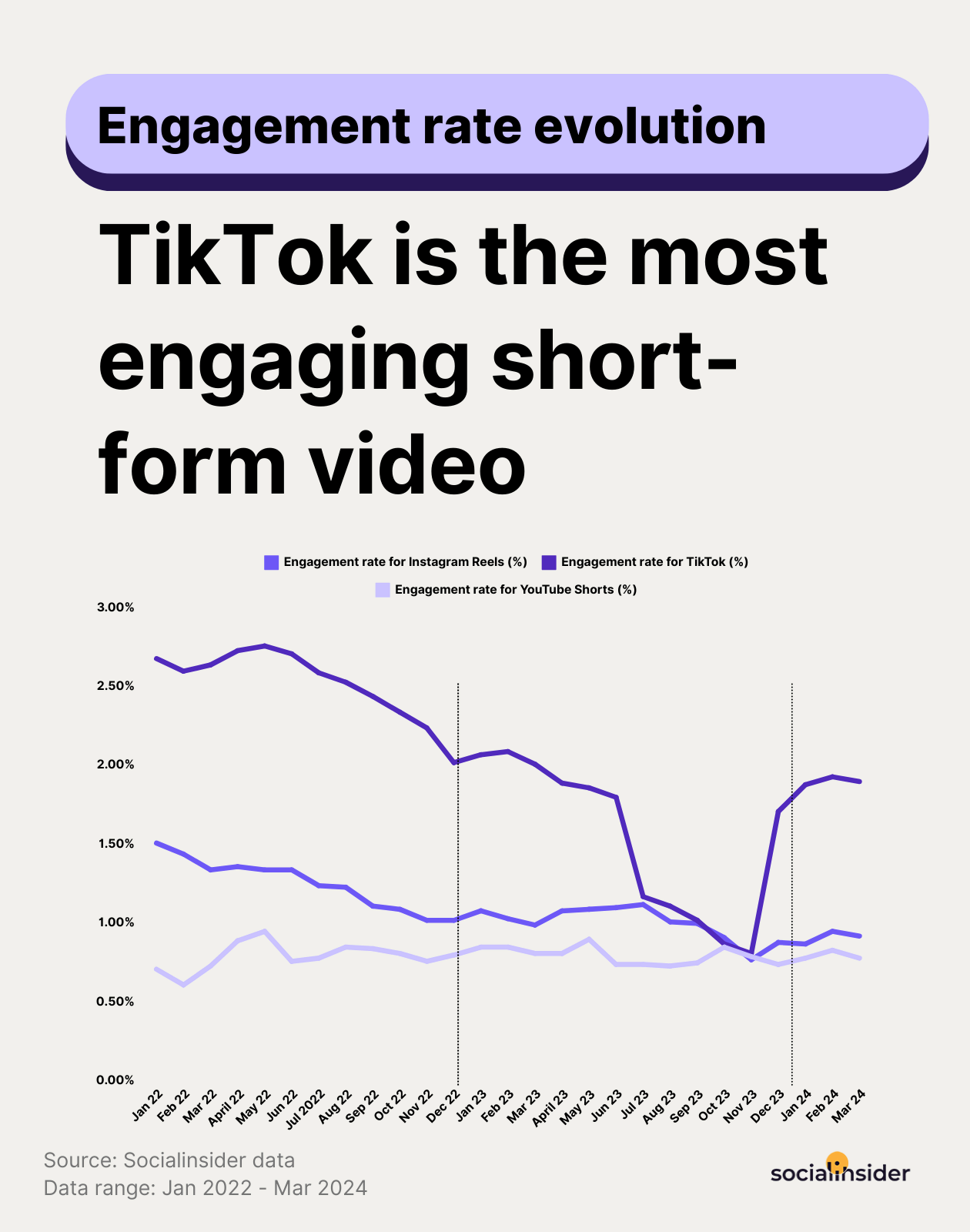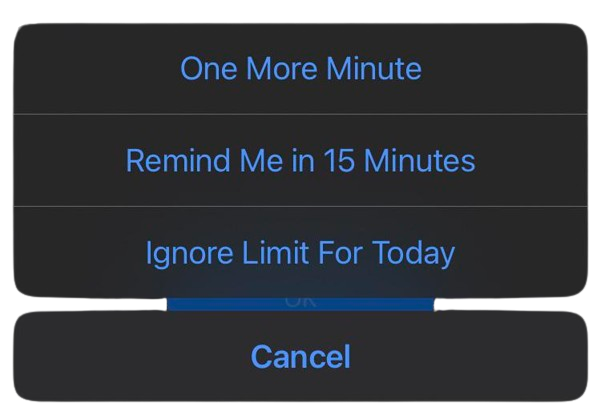The Brain Rot
In today’s world, social media dominates every aspect of our lives. From the moment we wake up to the time we go to bed, our fingers unconsciously scroll through endless streams of reels, shorts, and quick content. Platforms like Instagram, YouTube, and TikTok have designed their algorithms to keep us hooked, offering quick bursts of entertainment and instant gratification. However, this constant exposure to short-form content is silently reshaping our minds, leading to a condition widely referred to as “Brain Rot.”
What Is Brain Rot?
Brain rot is not a medical term but a modern psychological concept that describes the mental degradation caused by excessive consumption of low-value digital content. It’s a state where the brain becomes addicted to short, fast, and emotionally stimulating media, losing its ability to focus, think deeply, or find joy in normal, slower-paced activities.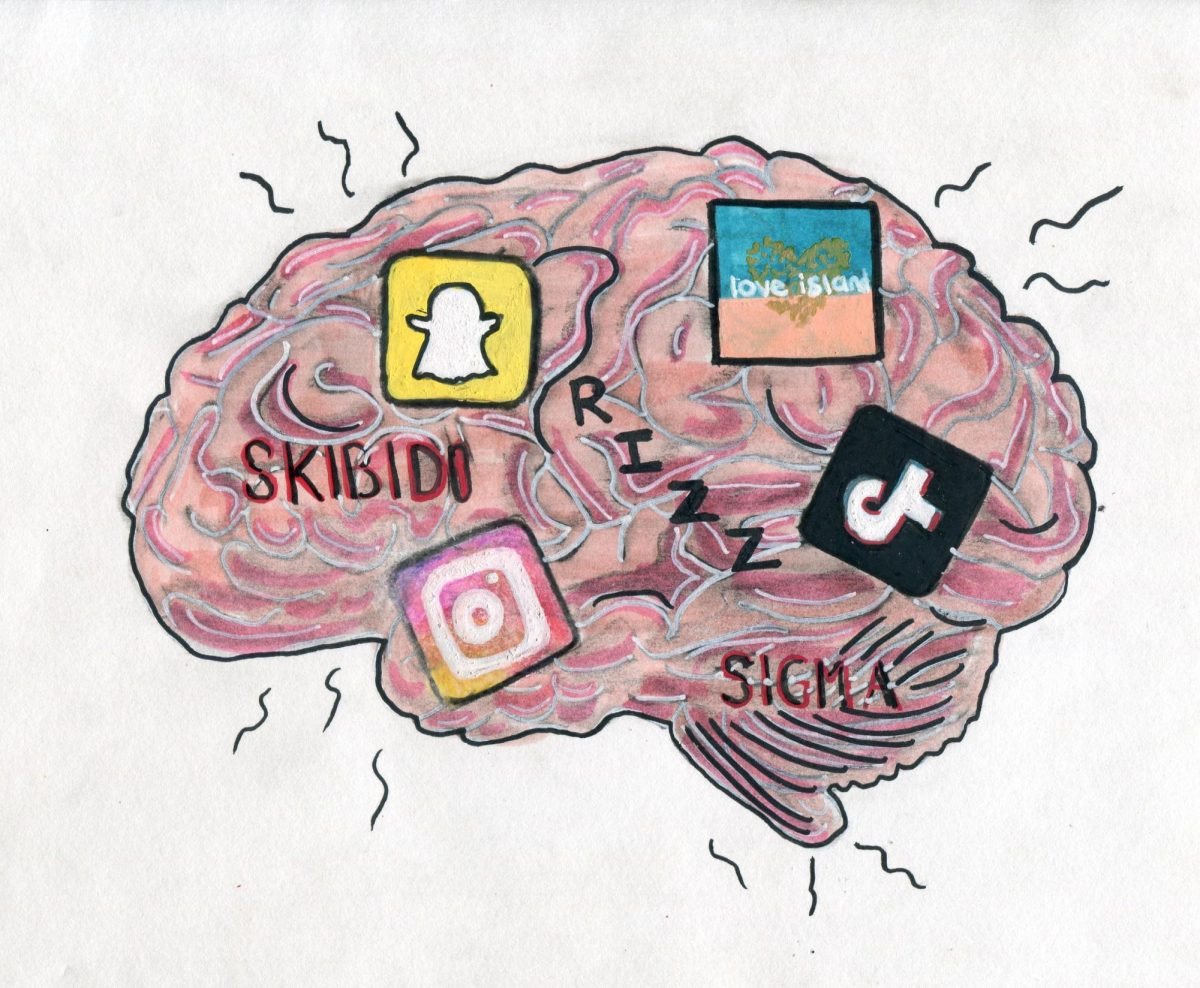
In simpler terms, brain rot occurs when your brain’s reward system becomes hijacked by the constant flood of dopamine—the “feel-good” neurotransmitter that is released whenever you experience pleasure. Over time, this leads to a dopamine imbalance, causing mental fatigue, lack of motivation, and a constant craving for more stimulation.
The Danger of Brain Rot
Brain rot is more dangerous than it appears. It’s not just about wasting time on social media—it’s about how your brain’s structure and chemistry are being altered. Here are some serious dangers:
- Loss of Attention Span: Your brain becomes conditioned to short bursts of entertainment, making it difficult to concentrate on longer tasks like reading, studying, or working.

- Decreased Motivation: Everyday tasks start to feel boring because they don’t release as much dopamine as watching reels or scrolling through memes.
- Mental Fatigue and Dopamine Crash: After long sessions of consuming digital content, dopamine levels drop sharply, leaving you feeling empty, restless, or irritable.
- Reduced Creativity: Your brain stops creating new ideas and instead becomes a passive consumer of external content.
- Social Withdrawal: You may begin isolating yourself from real-life interactions, preferring the instant rewards of the digital world.

In extreme cases, this condition can lead to anxiety, depression, and a sense of purposelessness—especially among young people who spend most of their day online.
How Does Brain Rot Happen?
Brain rot doesn’t happen overnight—it’s a slow process triggered by habitual exposure to digital overstimulation. The main culprit? Short-form content and social media algorithms.
When you open apps like TikTok, Instagram Reels, or YouTube Shorts, your brain is bombarded with endless micro-doses of dopamine. Each swipe or video gives your brain a new hit of pleasure, making it crave the next one immediately.
These apps use advanced AI algorithms to track your preferences and show you exactly what keeps you engaged. The result? You become trapped in a cycle of dopamine dependency, where your brain constantly seeks short-term satisfaction instead of long-term fulfillment.
The Role of Dopamine:
The Science Behind Brain Rot
To understand brain rot, you need to understand dopamine—the chemical messenger responsible for motivation, pleasure, and focus.![]()
When you accomplish something meaningful, like finishing a project or exercising, your brain releases dopamine as a reward. This motivates you to repeat the action. However, reels and shorts hijack this system. Instead of working hard for dopamine, you get it instantly—by watching a funny clip, seeing a shocking video, or reading sensational news.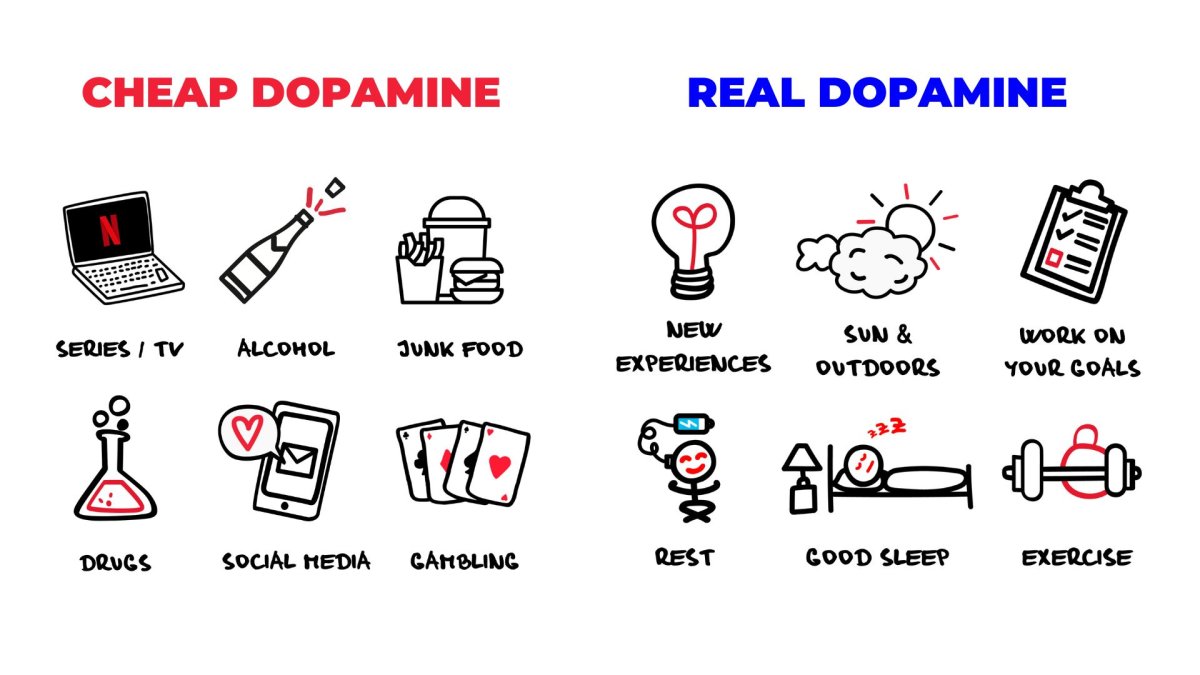
Over time, your brain adapts to this high dopamine environment. Regular activities like studying, reading, or spending time with family seem dull because they don’t trigger the same dopamine response. This creates a dopamine imbalance, leading to what scientists call a “dopamine crash.”
During a dopamine crash, you may feel:
- Restless or bored easily
- Unable to focus
- Emotionally drained
- Addicted to constant stimulation
Your brain begins demanding more frequent and stronger hits of dopamine—just like a drug addict needs stronger doses to feel normal.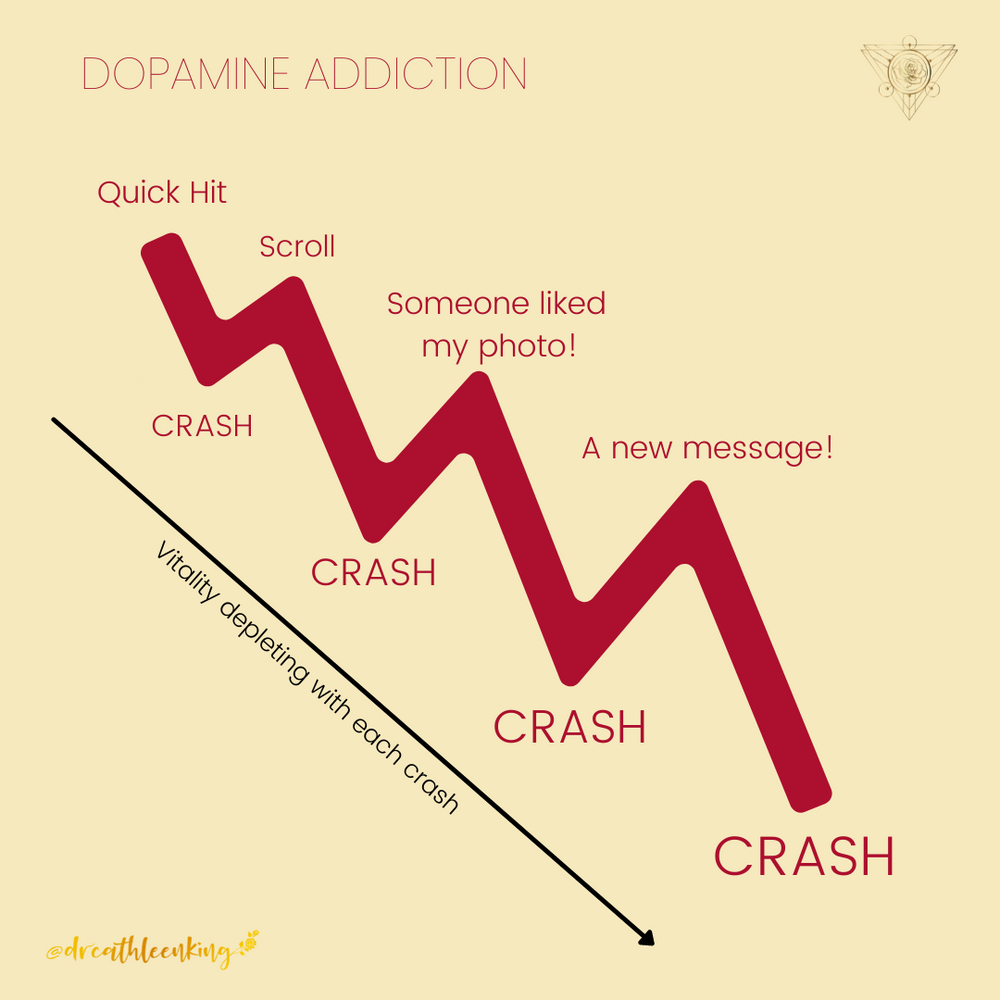
Why Reels and Shorts Are the Main Reason
Short-form videos are the perfect trap for brain rot. Here’s why:
- Instant Gratification: Every few seconds, you see something new—funny, shocking, emotional, or inspiring. Your brain doesn’t get a chance to rest.

- Instant Gratification: Every few seconds, you see something new—funny, shocking, emotional, or inspiring. Your brain doesn’t get a chance to rest.
- Algorithmic Manipulation: The content is tailored to your taste, making it nearly impossible to stop scrolling.

- Algorithmic Manipulation: The content is tailored to your taste, making it nearly impossible to stop scrolling.
- No Cognitive Effort Needed: Unlike reading or problem-solving, watching reels requires zero mental effort, training your brain to prefer laziness.
- Endless Supply: You can scroll forever. There’s no natural endpoint, unlike a movie or book.
These factors combine to create a feedback loop of addiction—you scroll, you feel pleasure, dopamine spikes, you crash, and then you crave more.
How to Identify If You Are Suffering from Brain Rot
Brain rot can creep up silently. Here are some clear signs you may be experiencing it:
1. Short Attention Span
You can’t focus on a video, article, or lecture for more than a few minutes without getting distracted.
2. Constant Need for Stimulation
You find silence or boredom unbearable—you reach for your phone every time there’s a pause in your day.
3. Loss of Motivation
You procrastinate on important tasks and only feel “alive” when consuming entertainment.
4. Memory Problems
You can’t recall what you just watched or read because your brain didn’t process it deeply.
5. Emotional Numbness
Nothing feels exciting anymore. Even the things you used to enjoy—hobbies, sports, or relationships—feel dull.
6. Sleep and Mood Issues
Late-night scrolling disrupts your sleep cycle, leading to fatigue, anxiety, or irritability.
If you relate to most of these symptoms, your brain might already be affected by digital overstimulation.
How to Safeguard Yourself from
Brain Rot
The good news is that brain rot is reversible—but it requires conscious effort. Here are the most effective ways to protect your mind:
1. Dopamine Detox
Take a break from social media for a few days or weeks. During this time, engage in activities that give slow but lasting satisfaction—like reading, walking, or journaling.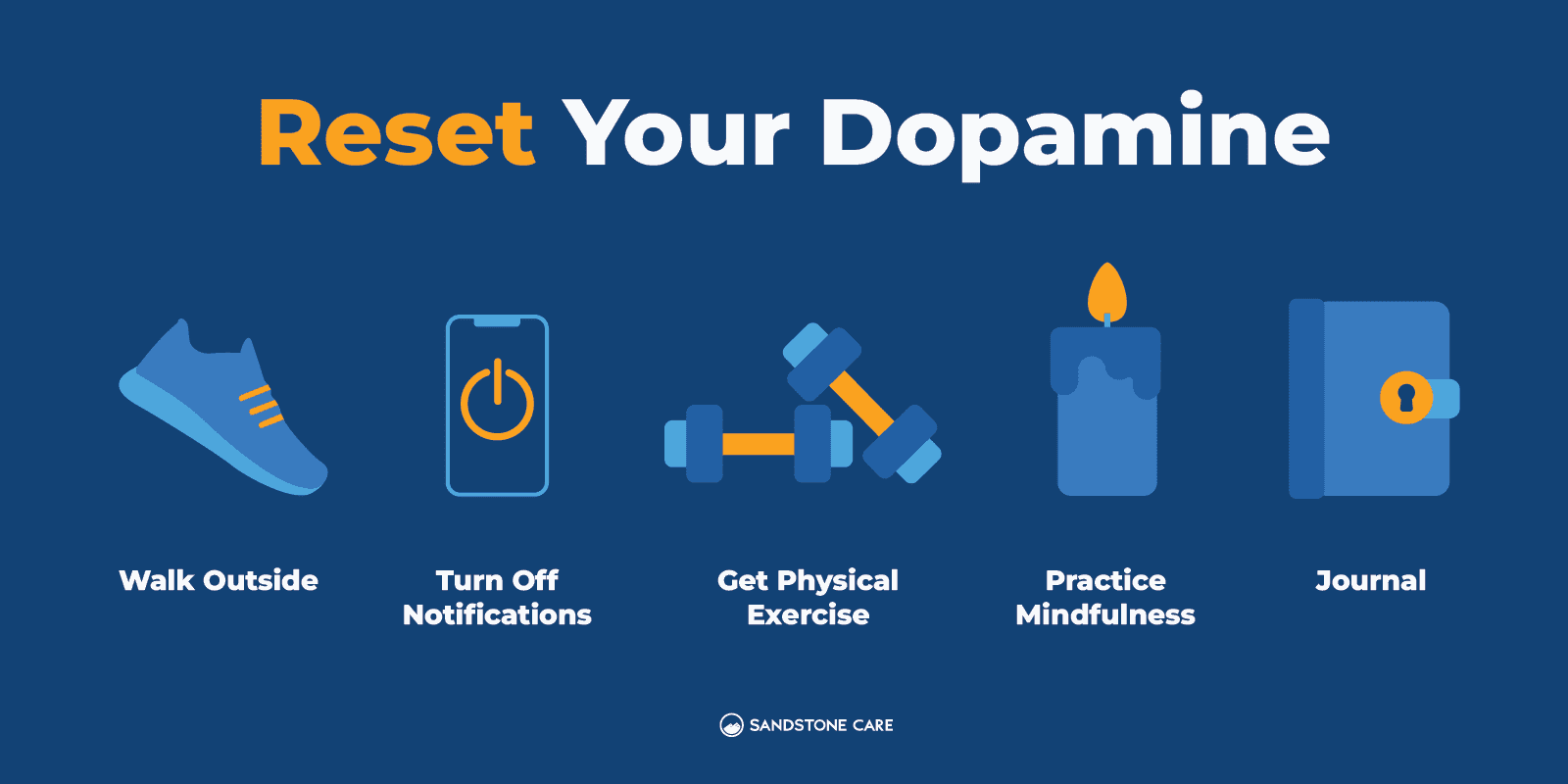
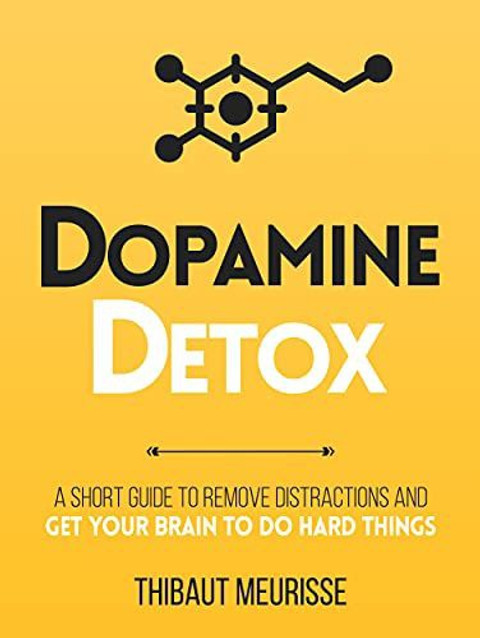
2. Limit Screen Time
Set daily limits on apps that consume your attention. Use tools like Digital Wellbeing or Screen Time to track your habits.
3. Replace, Don’t Remove
Instead of just deleting apps, replace them with healthy alternatives. Watch educational long-form videos or read articles that challenge your thinking.
4. Practice Mindful Consumption
Before opening an app, ask yourself: Why am I doing this? If you’re bored, find another way to relax—listen to music, meditate, or talk to someone.
5. Exercise and Nature Time
Physical activity releases natural dopamine in a balanced way. Spending time outdoors helps reset your brain’s reward system.
6. Rebuild Your Focus
Start small. Read for 10 minutes daily, then increase gradually. Train your brain to enjoy depth again.
7. No-Phone Zones and Times
Keep your phone away during meals, conversations, or before bed. This helps rebuild real human connections and improves mental calmness.
Scientific Explanation:
How the Brain Recovers
When you reduce dopamine overstimulation, your brain begins a process called neuroplastic recovery—the ability of the brain to rewire itself. During this stage:
- Dopamine receptors reset, allowing you to feel pleasure from normal activities again.
- Gray matter density increases in areas related to attention and memory.
- Cortisol levels drop, reducing anxiety and improving sleep.
However, this recovery takes time. Just like physical fitness, mental fitness requires consistency and patience.
The Role of Society and
Technology Companies
While personal discipline is key, we must also acknowledge the responsibility of tech companies. These platforms are engineered to monetize attention, not protect mental health. They exploit human psychology using infinite scroll, autoplay, and push notifications—tools designed to keep users addicted.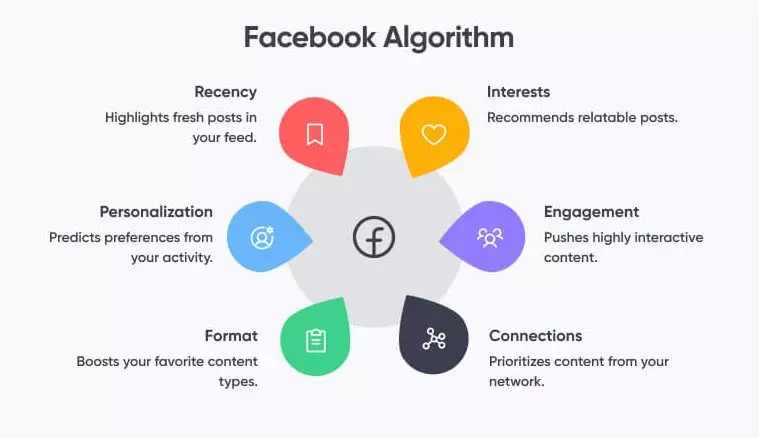
Governments and educators should focus on digital literacy programs that teach young people about dopamine and the effects of excessive screen time. Awareness is the first step toward control.
Conclusion:
Take Back Control of Your Mind
The modern world rewards those who can focus deeply and think clearly—skills that brain rot is silently destroying. While it’s easy to fall into the trap of endless scrolling, it’s also possible to escape it with conscious effort.
Remember: Your attention is your most valuable asset. Every reel, every short, every scroll takes a piece of it away. The key to mental clarity and happiness lies in reclaiming your control over dopamine and learning to find joy in stillness, purpose, and real experiences.
So the next time you pick up your phone, ask yourself—Are you in control, or has your brain been hijacked? The choice between brain growth and brain rot is yours.
The more you scroll, the less you control and
Silence heals more than a thousand reels
(Click notification ![]() for more updates)
for more updates)
By: V.Harishram
”Stay true, bring facts to you”






